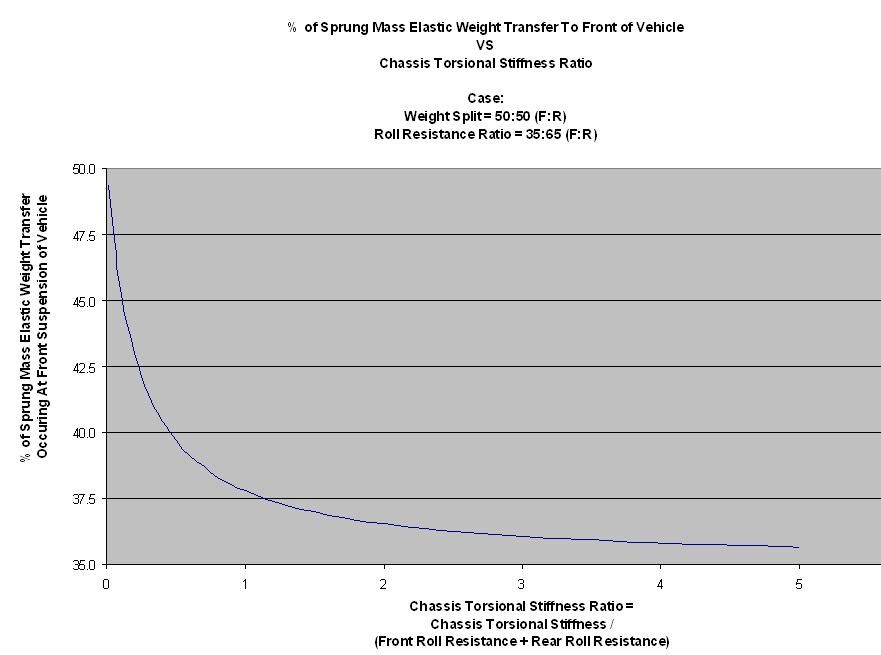COMPOSITE CHEESE!!!!

|
|

|
|
COMPOSITE CHEESE!!!!
Jay
UoW FSAE '07-'09
Isn't colby already a composite cheese? Has anyone done any testing on this yet?! we could be on to something..Originally posted by Jay Lawrence:
COMPOSITE CHEESE!!!!
South Dakota State University Alum
Electrical/Daq/Engine/Drivetrain/Tire guy '09-'14
Go big, Go blue, Go JACKS!
For a first year team with spaceframe:
30kg for the complete frame, as weighed on scales.
3000Nm/deg hub to hub in FEA, which might yield 2000Nm/deg hub to hub in physical testing.
Doing the FEA correctly is not as easy as you may think.
Party pooper.Originally posted by Frank:
For a first year team with spaceframe:
30kg for the complete frame, as weighed on scales.
3000Nm/deg hub to hub in FEA, which might yield 2000Nm/deg hub to hub in physical testing.
Doing the FEA correctly is not as easy as you may think.
San Jose State University
FSAE Chassis and Ergonomics Lead '12-'13
FSAE Chief Engineer '11-'12
FSAE Chassis Technical Lead '10-'11
Formula Hybrid Chassis Grunt '09-'10
"A designer knows he has achieved perfection not when there is nothing le
LOL
Frankly I find those numbers hard to swallow. I suspect your chassis wasn't even made of cheese. (I'm milking this for all its worth.) In fact your whole post stinks like a rancid Limberger.Originally posted by Frank:
For a first year team with spaceframe:
30kg for the complete frame, as weighed on scales.
3000Nm/deg hub to hub in FEA, which might yield 2000Nm/deg hub to hub in physical testing.
Doing the FEA correctly is not as easy as you may think.
For as much fun as the thread is, it does make me curious the likelihood of a FSAE team really having an appreciation or understanding or method for determining how much frame stiffness you need, and being able to show whether or not its a performance gain. I give that 50/50.
Even better is the whole thing about unsprung mass, whether or not it matters on a FSAE car, and why.
I'm with exFSAE on this one. I'd like to see some hard testing with results to show that it even matters. I think the main reason the production car world worries about it is because of the body panels having to line up all the time ( I've seen a commercial talking about it). Same thing with the unsprung mass. Maybe someone can bolt some huge chunks of steel to their uprights and observe the difference.
--Dash Robinson
--Mississippi State University
Dash,
It has been done by Zwickau electric team as a part of their process to decide whether outboard motors and their extra unsprung mass worth or not.
---
Harry Bikas
UoP Racing Team
UoP Racing website
UoP Racing on Facebook
UoP Racing on Twitter
UoP Racing on Youtube
The following statement applies to a chassis with no torsional stiffness: (case A)
During lateral acceleration, the sprung mass elastic weight transfer is distributed between the front and rear of the vehicle according to the sprung mass weight distribution.
The following statement applies to a torsionally rigid chassis: (case B)
During lateral acceleration, the sprung mass elastic weight transfer is distributed between the front and rear of the vehicle according to the ratio of roll stiffness between the front and rear of the vehicle.

See this graph. Case A is left, Case B is right.
As you increase chassis stiffness the actual sprung mass elastic weight transfer distribution tends toward case B as an exponential decay function.
The above is a mathematical treatment. The F:R weight distribution is treated as two “point masses”. This is not real.
What occurs in reality is somewhere in between case A and case B. If you want to be able to adjust the understeer / oversteer behavior of a vehicle by adjusting the F:R roll stiffness distribution, then you need some chassis stiffness.
I think the actual chassis torsional stiffness (measured physically hub to hub) should be 4 times the total (F+R) roll resistance. We found on two occasions that the FEA value was about 1.5 times the physical testing value. So, for us the FEA value was 6 times the total (F+R) roll resistance. Obviously, the target FEA value chosen depends on how well FEA is expected to correlate with the physical value.
I think the requirement also depends on how much your roll resistance ratio differs from your weight distribution. Ie it depends on how much torque you are trying to put into your chassis.
We had a car that had very low chassis stiffness, and we found that adjusting anti roll bars and springs made little difference to the balance.
We found that drivers can perceive chassis stiffness, and drivers did comment on the difference when they drove a new vehicle, with a chassis torsional stiffness ratio of 4, after driving a vehicle with a ratio of 1.5 a few months prior.
The design process:
Assume vehicle weights
Decide on roll rates
Determine minimum acceptable chassis torsional stiffness in FEA
Design chassis to minimize weight while achieving above.
Test Chassis in Physical rig.
Stiffen chassis, if required.